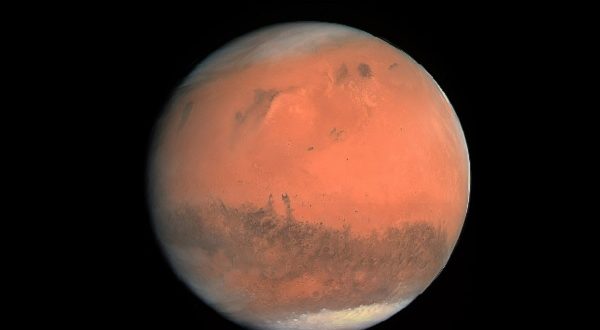Washington. After working over a decade on the surface of Mars, NASA’s Curiosity rover has finally made an unexpected discovery about the presence of water on Mars. So far, the Curiosity rover has made several important discoveries, including the presence of rippled rock textures in a region of ancient Mars that was previously thought to be dry. Scientists believed that the “sulfate-bearing unit”, where the rover last reached, would have no evidence of lakes because the rock layers there formed in a drier environment than other areas explored during the mission. The area contains sulfates, which are salt minerals that are believed to have formed when water slowly evaporated.
According to the information given on NASA’s website, Curiosity Rover has seen the clearest evidence of lakes on Mars so far. These rocks have rippled structures left in the rock over time by the waves of the lake billions of years ago. On the discovery, Ashwin Vasavada, Curiosity’s project scientist at NASA’s Jet Propulsion Laboratory in Southern California, said that this is the best evidence of water and waves that NASA has seen in the entire mission. Since 2014, the rover has been climbing to the foot of Mount Sharp, a 5-kilometer-long mountain that was once covered with lakes and streams.
Mount Sharp is made up of several layers with the oldest at the bottom of the mountain and the youngest at the top. The rover’s data allow scientists to study how Mars evolved from a desert to a planet that was Earth-like in its ancient past with a warm climate and plentiful water. Let us tell you that NASA’s Curiosity Rover is a car-sized robotic rover that was launched by NASA in 2011 as part of the Mars Science Laboratory Mission. The rover’s primary goal is to explore Gale Crater (a dry lakebed) on Mars and determine whether the planet ever had the right conditions to support microbial life.
 Indian Thought Latest News & Views
Indian Thought Latest News & Views



